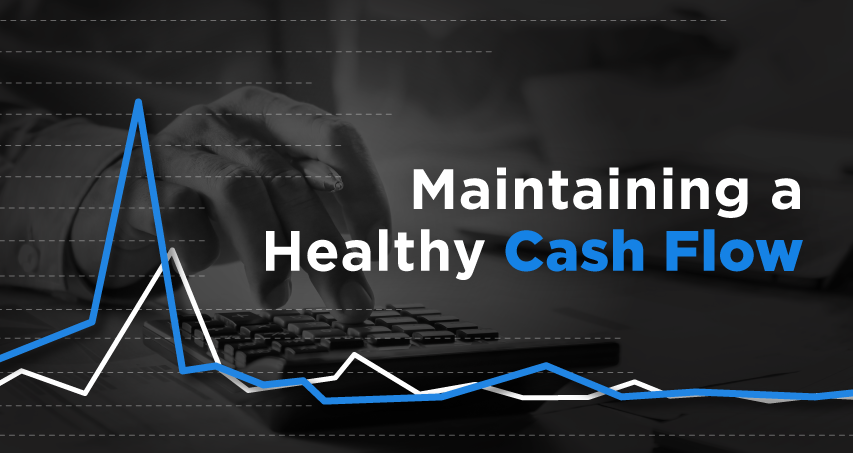Cash is King! Observe any introductory corporate finance course and one will learn that this simple phase is one of the fundamental principles that any business must learn and adhere to. Keep cash on hand to maintain a healthy cash flow. Sounds simple enough, right? Just because a principle like “Cash is King” is easy enough to understand doesn’t make it easy to experience.
Another financial principle that is often taught is the phrase, “What gets measured, gets managed.” A business can ensure that it is doing its best to manage cash, and thus heighten its probability for continued success, by watching and trending the following business ratios:
Days Sales Outstanding (DSO)
(Total A/R Outstanding / Total Sales) x Number of Days = Days Sales Outstanding
If a business wants a quick route to increasing cash flow, this is the path to pursue. DSO measures how quickly a business is getting paid. A low DSO indicates that a company is dealing with healthy partners that pay bills in a timely fashion. Although many payment terms with vendors are dictated up front, it isn’t uncommon for vendors to delay paying bills until absolutely necessary. A gentle nudge or reminder sent to your customer is a good practice to ensuring constant and consistent, healthy cash flow.
Profit Margin
(Total Revenue – Total Expenses) / Total Revenue = Profit Margin
Understanding profit margin is essential in maintaining a healthy cash position. Profit margin is a measurement of how much of hard earned revenue is remaining after paying all operating expenses such as salary, office supplies, loan payments, etc. This ratio is a good indication of how well a business is managing costs and converting revenue into profits (or increased cash). The higher the number the better for a business!
Quick Ratio
(Cash + Net Accounts Receivables) / Current Liabilities = Quick Ratio
The quick ratio is very telling of how able a business is to meet its current financial obligations or liabilities. These obligations could be items such as vendor payables, employee wages, credit card debt, or short-term loan payments. This ratio determines if a business has enough liquidity to meet those obligations. If the business has enough cash on hand or sufficient accounts receivable that can quickly be converted to cash and meet obligations, then the ratio will be above 1.0. A quick ratio of 2.0 is ideal but if the ratio is less than 1.0, a plan to pay down debt should be top of mind.
Cash Flow to Debt Ratio
(Net Income + Depreciation) / Total Debt = Cash Flow to Debt Ratio
Many businesses show income at the end of each month but are continually finding cash to be in short supply. Because of money borrowed for different reasons, cash is already earmarked for a debt payment immediately upon receipt. Ensuring that debt is only undertaken for essential business items will ease the burden on cash flow.
Using these ratios and measuring their trends over periods of time will help any business maintain a healthy cash flow. Lack of visibility or measurement for even a small amount of time can be detrimental to a business as it doesn’t take much time for cash to be gobbled up by the many demands of everyday business. Don’t let your business be one that is being hampered by lack of cash; be the king of cash flow!
###
The England Carrier Services (ECS) division offers a variety of services for carriers ranging from maintenance to support. As ECS members, carriers have access to nationwide discounts on fuel and tires from dedicated team members who are committed to finding the best price. ECS also provides factoring services with benefits such as same-day funding to a bank account or fuel card. These options allow carriers the freedom to focus on growing their business while saving time and money.



